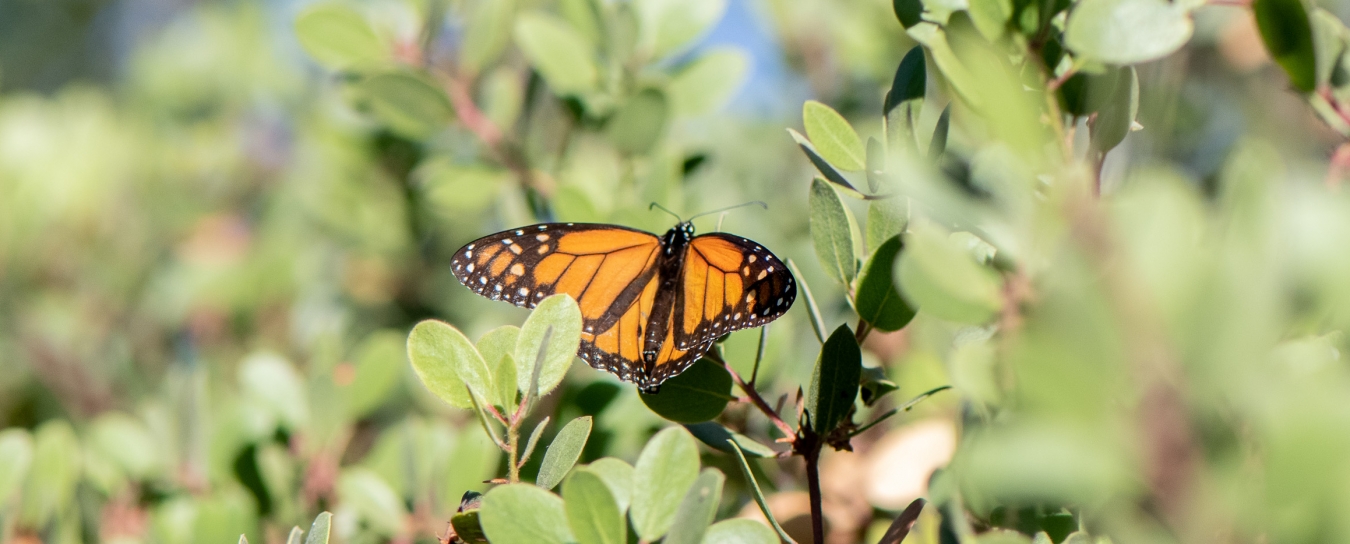
Invertebrates
See our handy guide to critters found in local homes and our Central Coast Butterfly FAQ. Browse the insects and other terrestrial arthropods we’ve identified. Check out local marine invertebrates, particularly bivalve mollusks and intertidal organisms.
- Anthropology
- Rocks & Fossils
- Invertebrates
- Vertebrates
- Botany
- Astronomy
- Fungi
- General
- Recently Asked
Can you identify the spider that makes these beautiful bubble/balloon webs?
Can you identify the spider that makes these beautiful bubble/balloon webs? I have never seen such interesting webs in Santa Barbara/Goleta area, only back at a family cabin in the Los Padres NF.
I am sending both photos in hopes that your curators can help me identify the creator and provide me with resources for finding out more about this magnificent artisan with 8 legs.


Curator Response
Hi Gail,
Happy Spider Month! ::::)
This picture with the "bubble/balloon webs" is such an odd and fascinating picture. Thanks for sharing it! Well, this is definitely a cobweb spider (as opposed to an orb weaver). The egg sacs to me look like sacs laid by a hungry spider or one at the end of her life, as they have few eggs for the sac size/silk amount. Steatoda triangulosa lays these fried egg-like sacs, so that may be the species. I'm not very familiar with S. triangulosa, but maybe it's a newcomer to the area or becoming more abundant. However, there's something strange about your picture: there appears to be a large spider inside the supportive silk of the egg sac. This is unusual in my experience, so I would only say with confidence that this is probably a spider in the Steatoda genus. Steatoda nobilis common in our area. Here's a picture of a nobilis female with her egg sac, but you can see the bubble or fried-egg effect is not as prominent in this case: https://www.researchgate.net/figure/Captive-mature-female-Steatoda-nobilis-guarding-her-egg-sac-suspended-in-a-brooding_fig4_319881734
Thanks again for sharing. Keep appreciating spiders,
Collections Associate Jen Maupin, Ph.D., and Naturalist Dylan Otte


